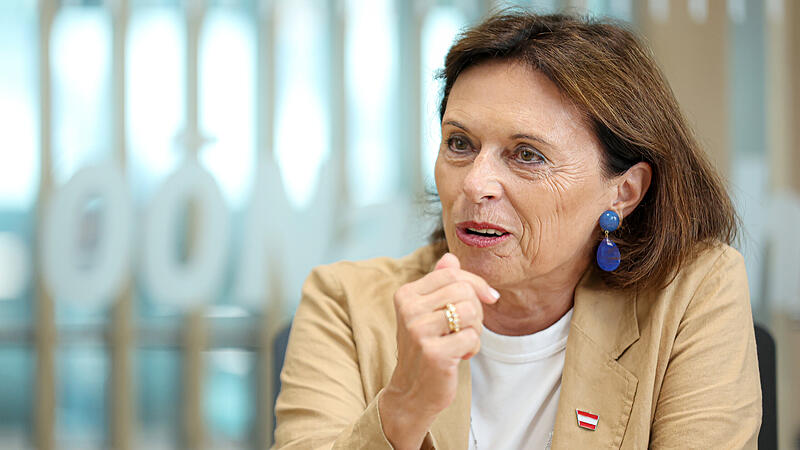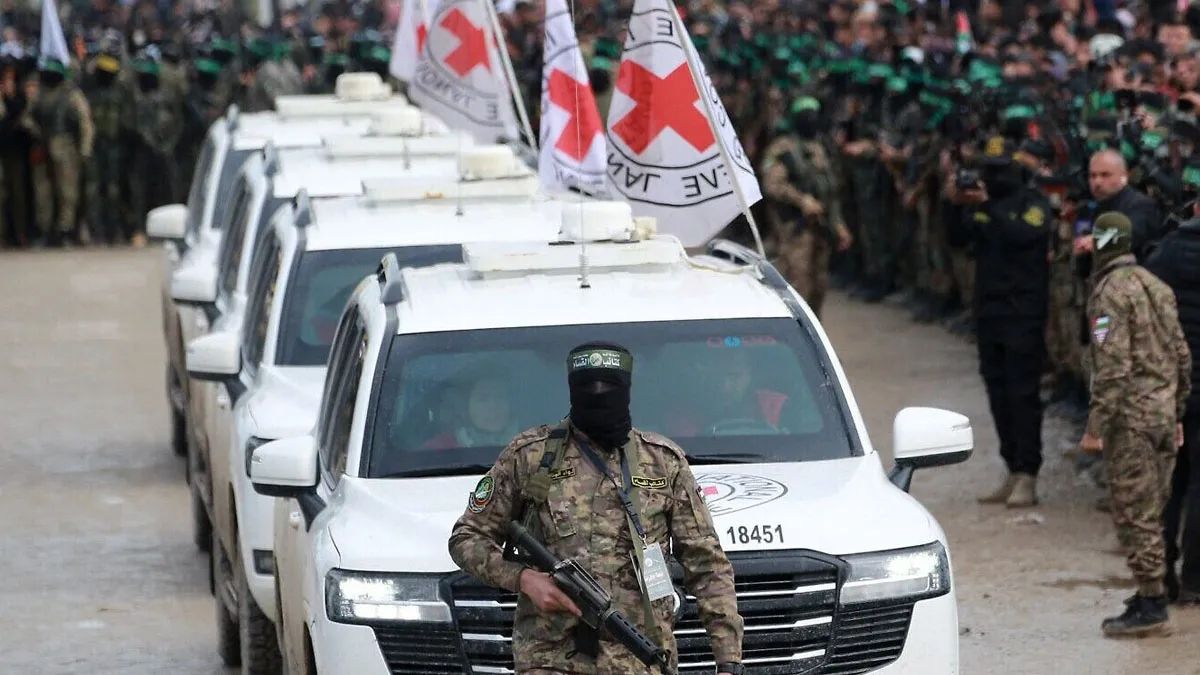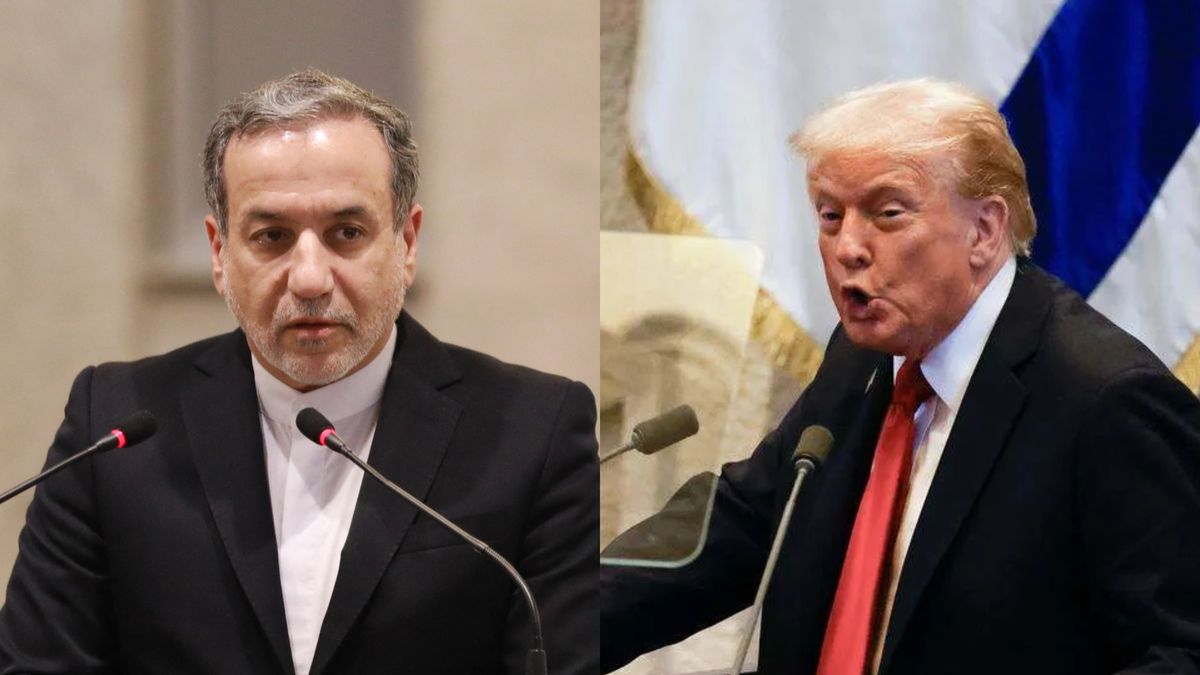Image: VOLKER WEIHBOLD
Tourism State Secretary Susanne Krause-Winkler (VP) wants to have more than 10,000 people surveyed every year about how they feel about tourism. While the population’s resistance to the masses of visitors is growing in tourism strongholds such as Hallstatt in Upper Austria, people elsewhere would like to see more guests. This “unbalanced tourism” wants Krause-Winkler with an “acceptance offensive,” as she announced at a press conference on Friday.
The population’s attitude towards tourism has been empirically surveyed since the Corona year 2020, but only with around 2,500 participants. In general, acceptance among those surveyed was at a very high level, said Krause-Winkler. But the surveys also showed that in particularly heavily visited destinations, acceptance among the population becomes more challenging.
The popular tourist destination Hallstatt in the Salzkammergut made the headlines several times last year. In May, an “anti-selfie fence” was briefly erected in the town of 750 residents to stop tourists from taking photos on the lakeshore. In the summer, locals demonstrated against the crowds of tourists – on some days up to 10,000 visitors are said to stream through the village, which was originally known for its alpine idyll.
The large-scale survey on tourism acceptance is intended to enable nationwide and regional situation analyzes in the future. The amended “Tourism Demand and Acceptance Statistics” regulation ensures that the measurement is also firmly anchored for subsequent years Krause-Winkler. The survey is to be carried out by Statistics Austria. In addition, the State Secretary wants to provide regional decision-makers with a “toolbox” with international solutions for dealing with imbalances that arise in tourism. In addition, a funding call is planned to support affected regions in developing concepts around their challenges. “The goal in any case is to achieve tourism that is as balanced as possible in all regions,” said Krause-Winkler.
“Negative effects such as traffic congestion or overpriced housing must no longer be at the expense of the population of tourist-oriented places,” emphasized Green Party tourism spokeswoman Barbara Neßler in a broadcast. “Hallstatt is just one of many frightening examples in Austria. We have to create places that enable positive coexistence, where the population benefits from tourism – not the other way around.”
The State Secretary is planning for 2024 Krause-Winkler is also responsible for creating a “tourism research map” that will reflect the status of tourism research in Austria and improve the networking of research institutions. In order to achieve more investment in the green transformation, tourism companies’ access to subsidized loans should be made easier by lowering the lower limit for subsidized loans. Digitization in tourism should be promoted, for example, by promoting the sharing of data via the so-called “Tourism Data Space”. In addition, the “awareness campaign” surrounding the image of tourism professions is to be extended.
Markus Gratzer, Secretary General of the Austrian Hoteliers Association, meanwhile called for more concrete measures – such as the rapid implementation of the digital reporting system, the abolition of upper limits for seasonal workers, “contemporary” benefit-in-kind limits for employee apartments, shorter depreciation periods and measures to strengthen equity. “2024 has already begun, and the fear that not much can be done in an election year has already come true one or two times,” recalled Gratzer in a broadcast.
WKÖ federal branch chairman Robert Seeber, together with hotel industry chairman Hans Spreitzhofer, appealed to the turquoise-green federal government to implement the outstanding points from the current government program. In addition to adjusting the depreciation period to the useful life and reducing additional wage costs, they called for relief in the handover of operations and an obligation to register for all tourist landlords.
The State Secretary’s assessment for 2023 was positive. The summer brought a new record with 80.9 million overnight stays. The booking situation for the current winter is also promising. Expected for the full year Krause-Winkler with around 150 million overnight stays, although the data for December is still pending. This would mean that the pre-crisis level of 2019 would be reached.
The number of overnight stays available for holidaymakers in Austria has also increased again, Statistics Austria announced on Friday. The number of hotels, guesthouses and holiday apartments increased by 2.4 percent in the 2022/23 tourism year compared to the previous year to 70,200, and the number of beds made available rose by 1.9 percent to 1.17 million beds. “The selection of hotels, guesthouses and holiday apartments in Austria has never been greater,” said Statistics Austria General Director Tobias Thomas.
There was no response to the call for funding for concepts to balance work and family last year. The State Secretariat wanted to support this with up to 200,000 euros per project. The tender was withdrawn due to lack of demand, reported Krause-Winkler. “No one dared to go over it.” Even the best concept doesn’t help if it can’t be financed, according to a possible explanation from the State Secretary.
My themes
For your saved topics were
new articles found.

info By clicking on the icon you can add the keyword to your topics.
info
By clicking on the icon you open your “my topics” page. They have of 15 keywords saved and would have to remove keywords.
info By clicking on the icon you can remove the keyword from your topics.
Add the topic to your topics.
Source: Nachrichten




